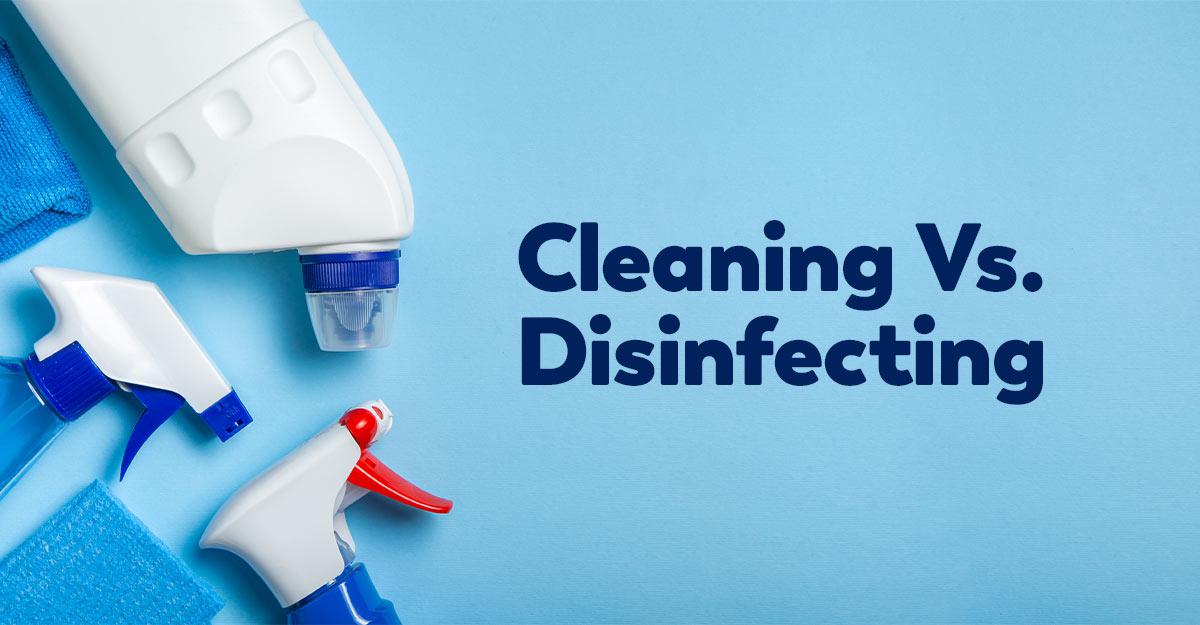
When it comes to maintaining a healthy and safe work environment, understanding the difference between cleaning and disinfection is crucial. While often used interchangeably, these two processes play distinct roles in achieving optimal hygiene. Let's explore the differences and why they matter, especially in the context of office cleaning.
Cleaning:
What it is: Cleaning involves the physical removal of dirt, dust, debris, and other impurities from surfaces.
* How it works: It typically involves the use of soap or detergents and water to lift and remove contaminants.
* What it does: Cleaning helps to improve the overall appearance of a workspace and removes some germs, but it doesn't necessarily kill them.
Disinfection:
What it is: Disinfection involves the use of chemicals to kill or inactivate disease-causing microorganisms (pathogens) on surfaces.
* How it works: Disinfectants work by disrupting the cell walls of pathogens or interfering with their metabolism.
* What it does: Disinfection significantly reduces the number of germs on surfaces, minimizing the risk of spreading infections.
Why the Difference Matters in the Workplace:
In an office environment, where multiple people share the same space and frequently touch common surfaces, maintaining proper hygiene is essential to prevent the spread of illness.
* Reduced absenteeism: A clean and disinfected workplace helps to reduce the transmission of germs, leading to lower rates of absenteeism due to illness.
* Improved productivity: A healthy workforce is a productive workforce. By minimizing the spread of germs, you can help to ensure that your employees are able to perform at their best.
* Enhanced reputation: A clean and well-maintained office creates a positive impression on clients and visitors, reflecting professionalism and attention to detail.
Key Considerations for Effective Cleaning and Disinfection:
* High-touch surfaces: Focus on disinfecting frequently touched surfaces such as doorknobs, light switches, keyboards, and phones.
* Dwell time: Follow the instructions on disinfectant labels regarding dwell time, which is the amount of time the product needs to remain wet on a surface to be effective.
* Safety: Ensure proper ventilation when using disinfectants and wear appropriate personal protective equipment (PPE) as needed.
* Regularity: Implement a regular cleaning and disinfection schedule to maintain optimal hygiene in the workplace.
By understanding the difference between cleaning and disinfection and implementing a comprehensive hygiene strategy, you can create a healthier, safer, and more productive work environment for your employees.